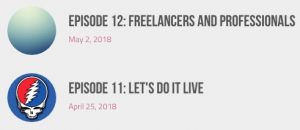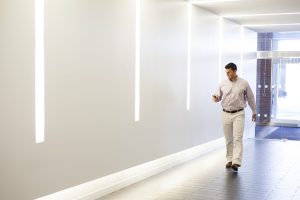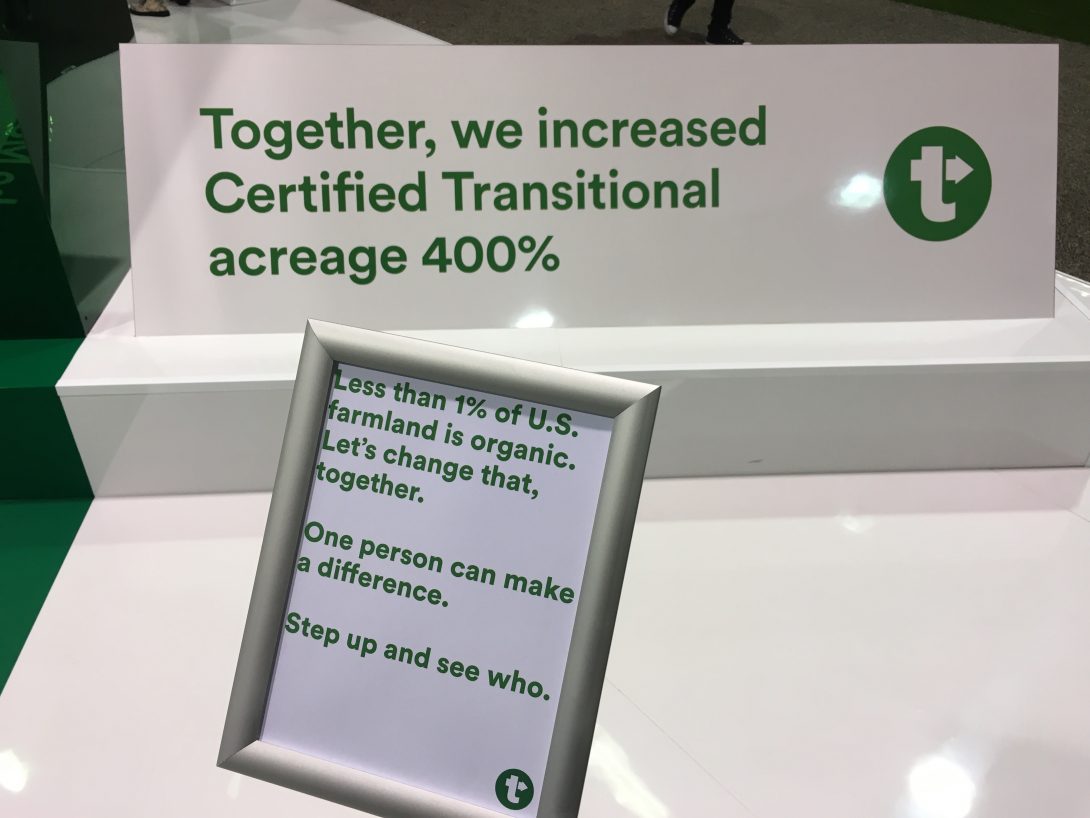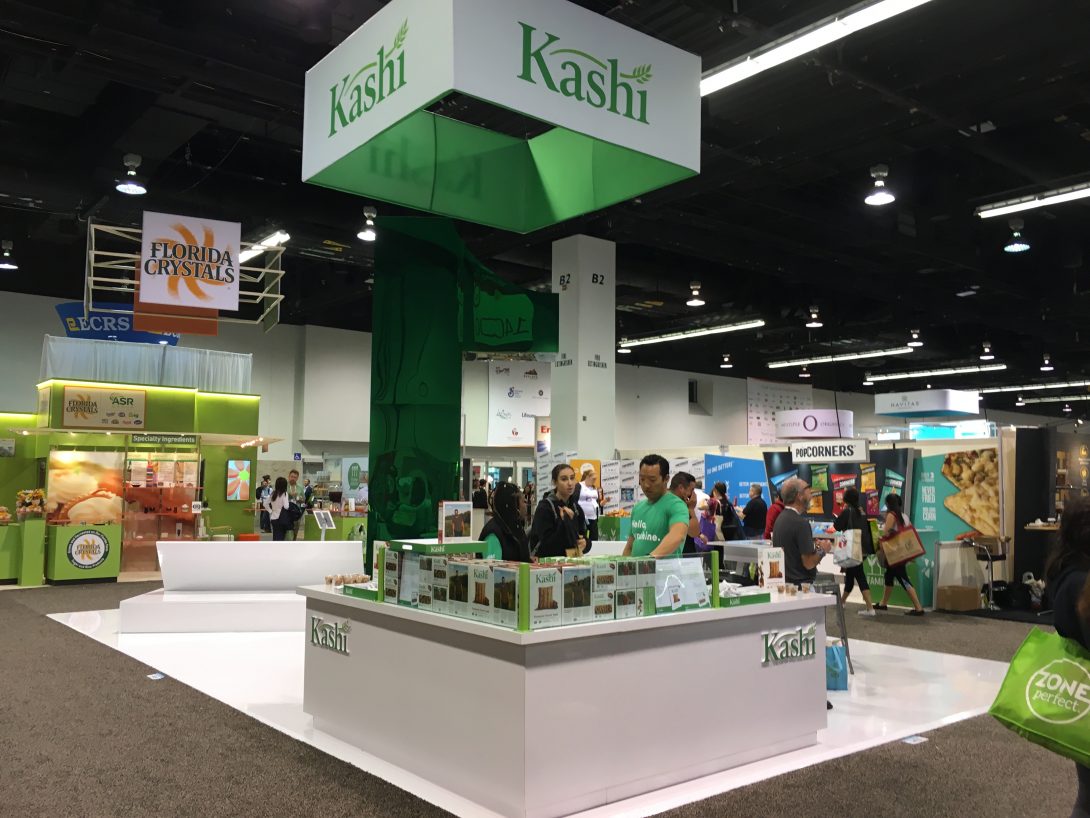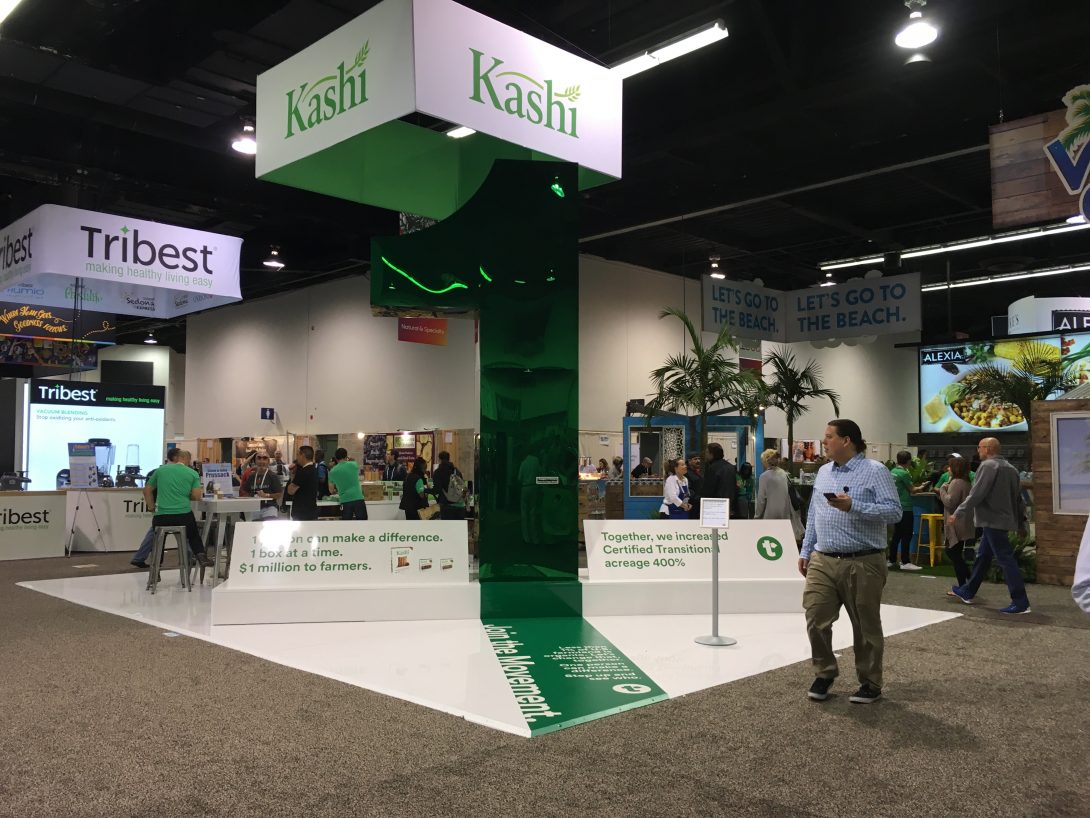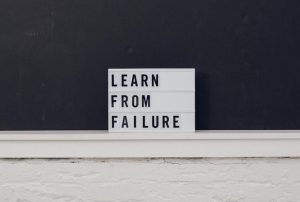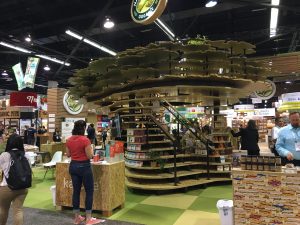Time Management Skills
I think we all approach time management skills a little differently. For instance, I don’t think much about it beyond blocking time out for prospecting calls on a near-daily basis. I set goals on a weekly basis, and have deadlines for those goals, such as at least two blog posts per week, and getting the weekly podcast/vlog produced in a timely manner.
Mixed into that are tasks that come and go depending on current projects. If I have a handful of clients all preparing for the same show, I have a tracking sheet showing the status of each project and remaining tasks, and a timeline for those tasks.
There are a number of things I’ve learned over the years that seem to work for me. What works for you? There are hundreds of thousands of pages online that can show you various approaches to time management, but for me it boils down to the following items.
Goal setting: what do you want to accomplish and when do you want to get it done?
Prioritizing: get the top two or three most important things done early in the day and the rest of the day opens up to a lot more. Prioritizing also means removing things from your task list that shouldn’t be there; things that can either be left undone or delegated.
Self-motivation: this gets to the heart of why you’re doing anything. Why do you work? Why do you exercise? Why do you eat what you eat? What motivates you? We all have different reasons for getting out of bed, for working, for taking time off. If you happen to be self-employed, your motivation is going to be different than that of the person going to work who may depend on a different kind of motivation to keep on task.
Focus: Twitter? Facebook? Chatting with a friend online? Making a phone call in the middle of trying to write an article? Responding immediately to an email that pops up? All of these and more can distract you from the focus you have on any given task. I’ve read that if you have a couple of hours of work that needs to be done with great focus, plan on working through it in chunks of time. Set a timer for twenty minutes. When it dings, take a short break to stretch, go outside, grab some water – whatever works best for you – and then get back at the task. And keep that up until that specific piece of work is done.

Decision-making: in a busy work environment, we are all often pulled in several directions. Should you help someone else? What meetings should you attend? Which task is first today? Decision making is part of prioritizing, but it can quickly move into an area of having to decide what fires to put out.
Planning: plainly put, planning is the ability to see all that needs to be done during the foreseeable future and creating a plan that fits. The foreseeable future can mean looking five or ten years ahead, or it can mean looking a few days ahead.
Delegating: I mentioned this a little earlier, but if you have the ability to delegate or outsource some tasks that you really don’t need to do, this can free up your time.
Keeping good records: sounds simple, and it is. If you know how to find things quickly, you waste little time looking around. They say a cluttered desk is the sign of a genius. If everything is within arm’s reach, that might work best for you. But others find that keeping an uncluttered desk or workspace works best. What works best for you?
Patience. Or maybe the ability to see the bigger picture. Yes, I’ve certainly been caught up in trying to get a large amount of work done under deadline (don’t we all at times?), but if you have patience enough to see how that piece of crazy work fits into the overall picture – the 30,000 foot view, as it were – you will realize that not only is the craziness temporary, but next time something similar arrives, you’ll have the perspective and the patience to get through it with a lower amount of stress.


